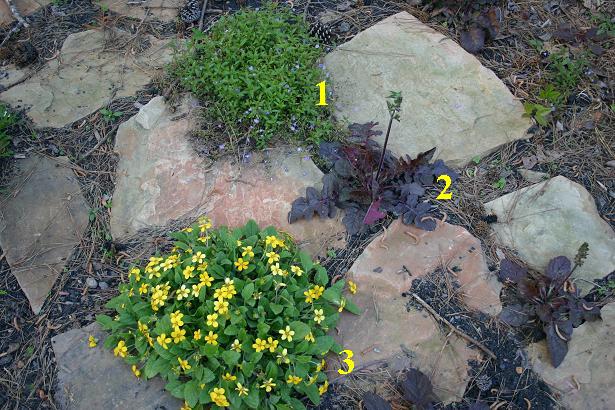
Check out our
Design Services.

|
Need design help? Check out our Design Services. |
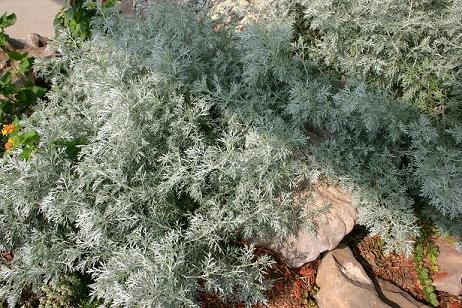
|
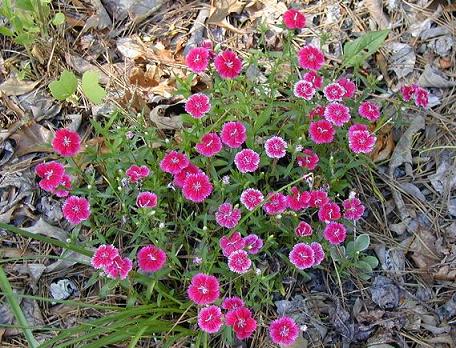
|
| Artemisia (slow) | Dianthus (medium) |
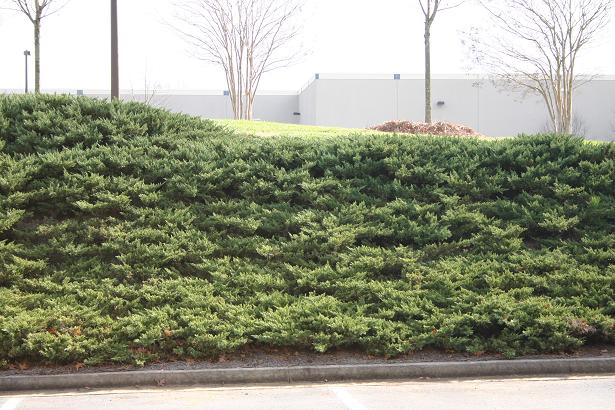
|
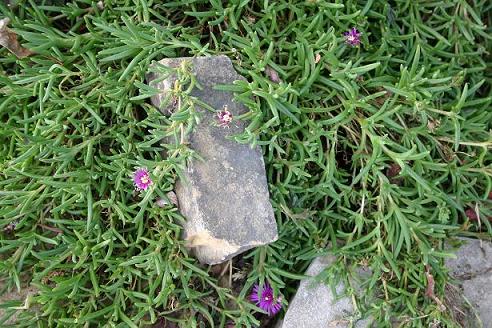
|
| Juniper (slow/medium) | Iceplant (medium/fast) |
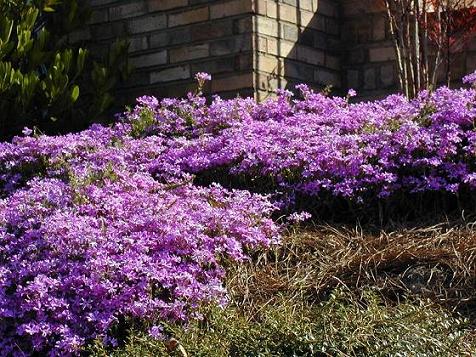
|
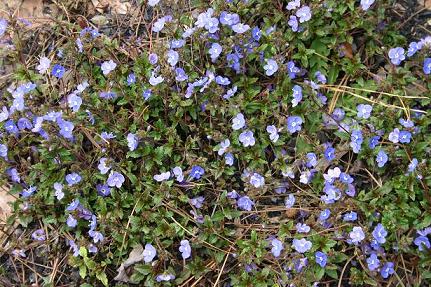
|
| Creeping Phlox (medium/fast) | Georgia Blue Speedwell (medium/fast) |
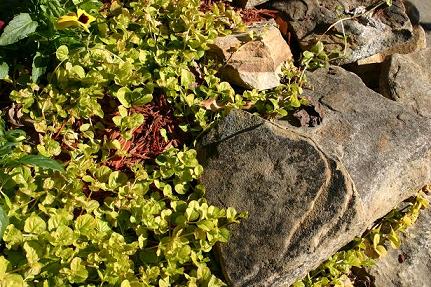
|
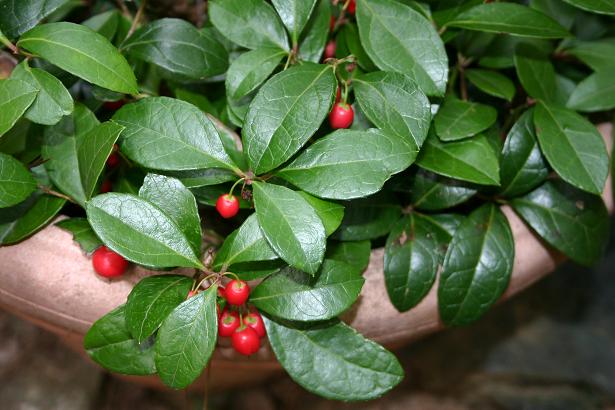
|
| Creeping Jenny* (fast/very fast) | Wintergreen, Gaultheria (slow) |
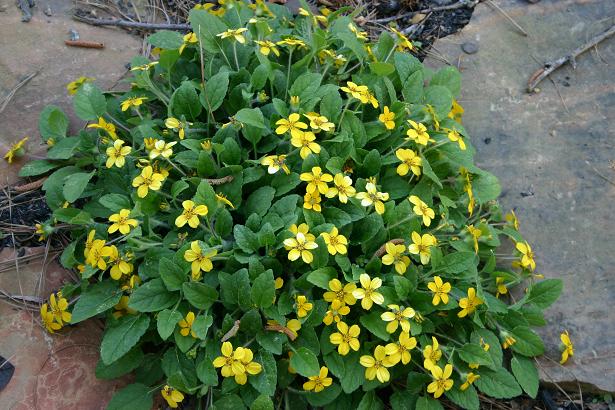
|
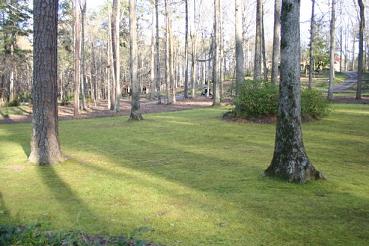
|
| Green n Gold (medium) | Moss (medium/fast) |
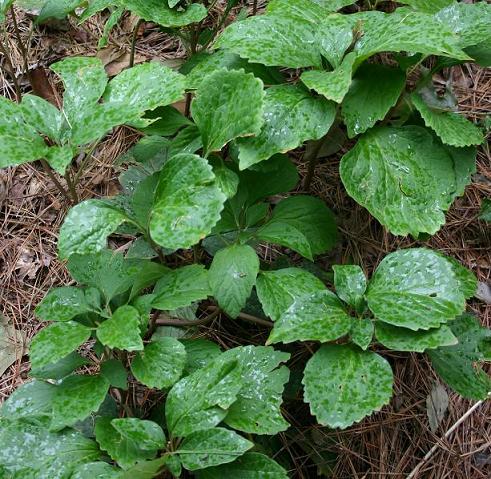
|
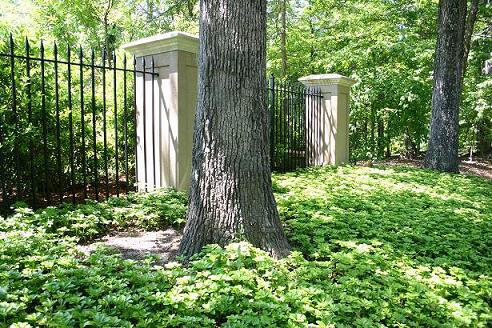
|
| Allegheny Pachysandra (slow) | Japanese Pachysandra* (fast/very fast) |
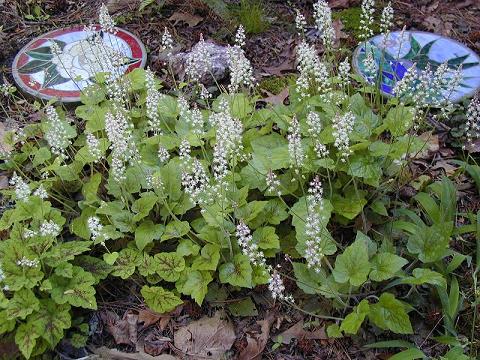
|
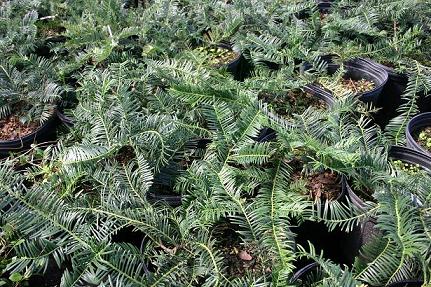
|
| Foam Flower (medium/fast) | Prostrate Yew (slow) |
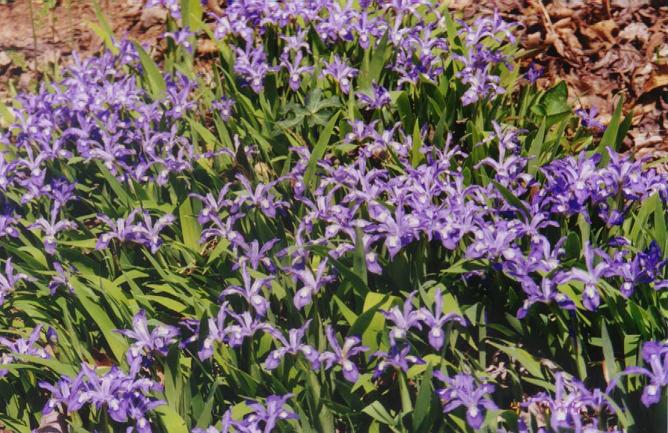
|
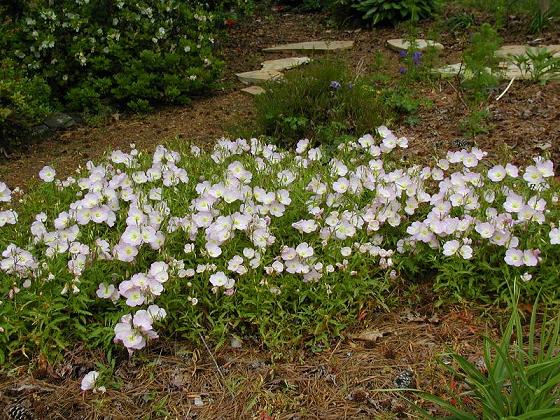
|
| Dwarf Crested Iris (shade, medium/fast) | Showy Evening Primrose* (sun, very fast) |
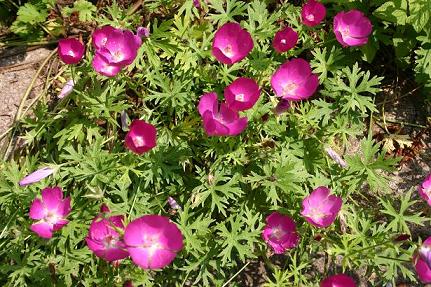
|
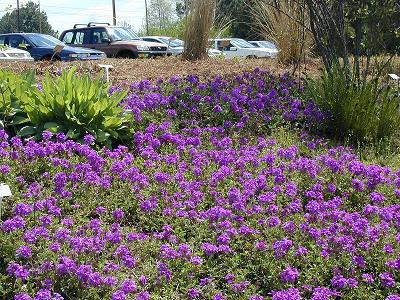
|
| Wine Cups (sun, very fast) | Creeping Verbena (sun, very fast) |
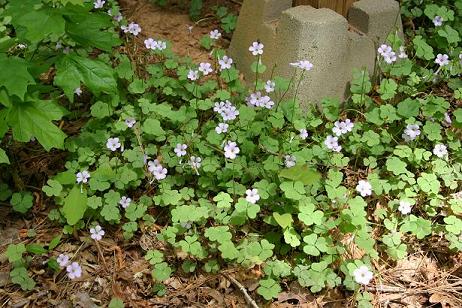
|
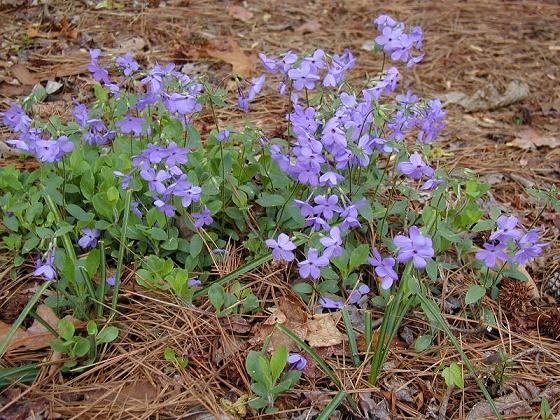
|
| Wood Sorel (shade, slow) | Woodland Phlox (shade, medium/fast) |
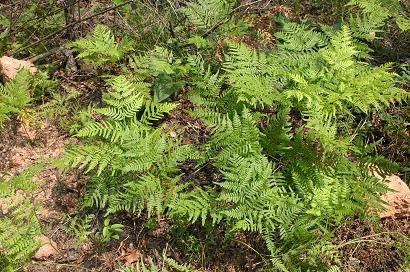
|
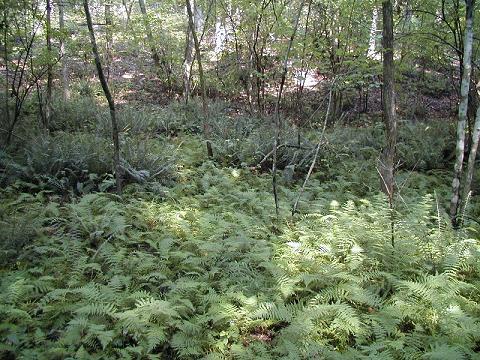
|
| Bracken* (very fast) | Lady (slow) |
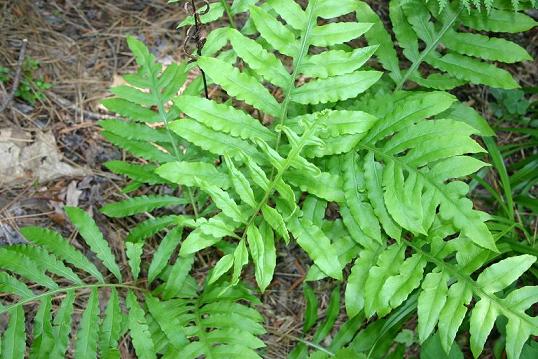
|
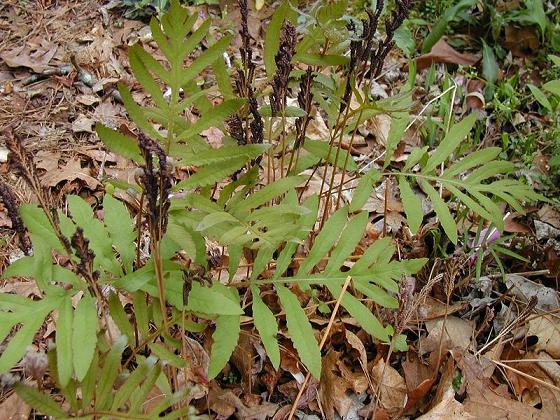
|
| Netted Chain (fast/very fast) | Sensitive* (very fast) |
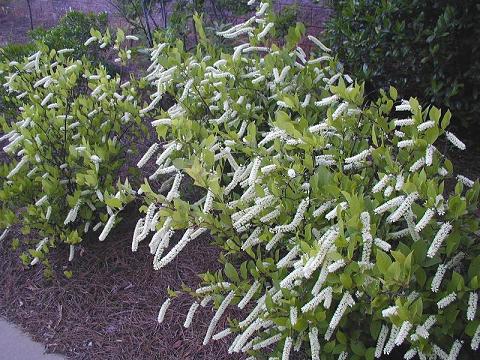
|
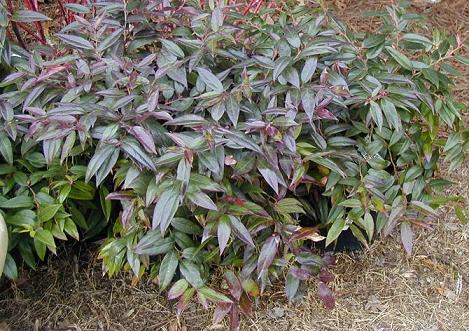
|
| Little Henry Itea (sun/shade, medium/fast) | Leucothoe axillaris (shade, medium, evergreen) |
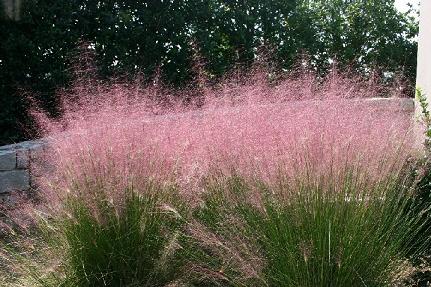
|
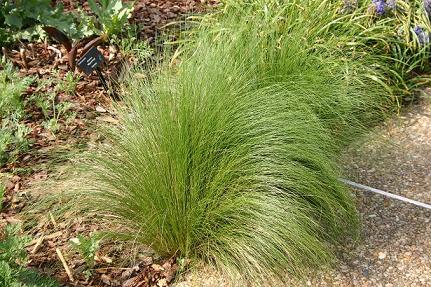
|
| Muhly Grass (sun, clumping) | Mexican Feather Grass (sun, clumping) |
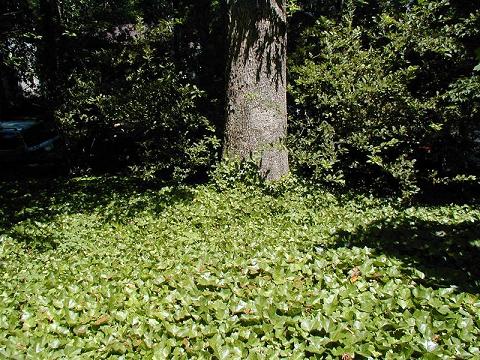
|
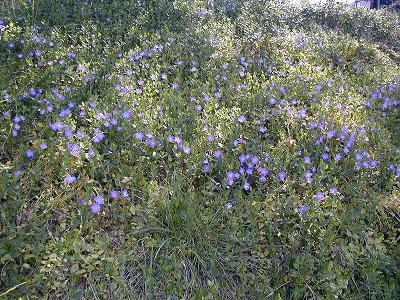
|
| English Ivy | Vinca |